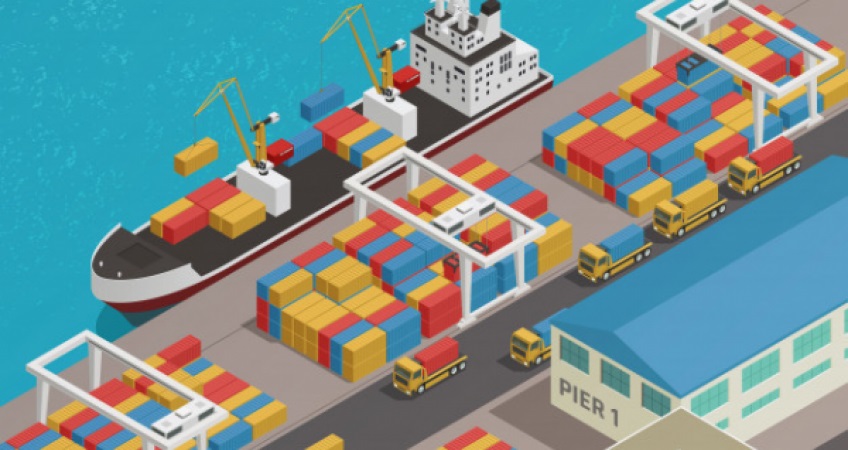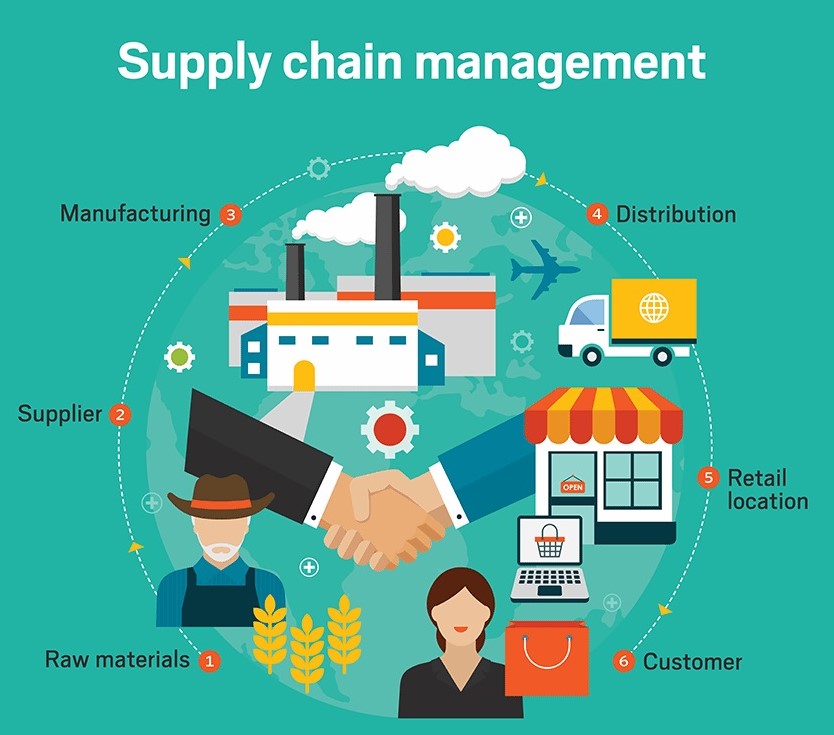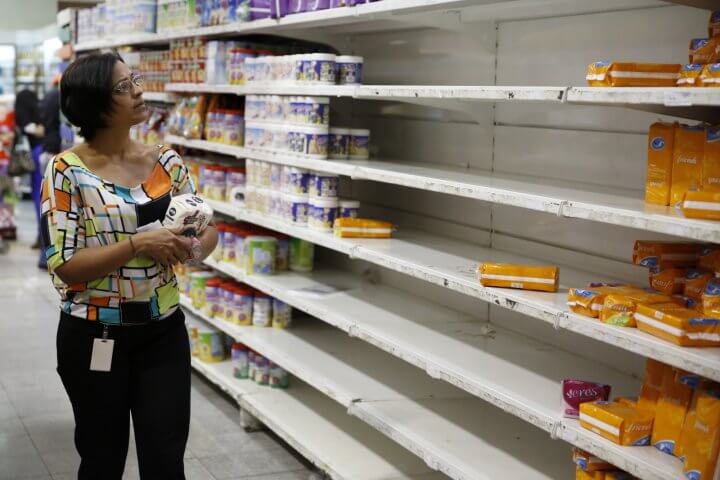Backordered Meaning & How To Avoid Backorders?
It occurs when the long-awaited object inevitably comes down.
It happens when you shop a Black Friday sale that everybody else likes.
And it often occurs during a daily shopping trip online.
Backorders — an annoyance of our environment today. You discover the backrest status of an object only when you are about to take out your credit card. You purchase it now as a customer and live with the wait? Or are you moving somewhere else?
How would you boost inventory control and consumer service by reducing or gracefully managing backorders if you operate an e-commerce store? In this post, we will walk you through backordered meaning and how to deal with it.
What exactly is a backorder?
A return is a commodity that is actually out of storage but is guaranteed to be delivered when it is eligible (with a date often provided). If an item is approved, the shopper may purchase the item now and collect it on a future date.
If an order includes a back-ordered object, it cannot be automatically packaged and delivered, considering the absence of a physical inventory at the moment. If the order is of the same order, the order can be separated and shipped in stages.
Remember the distribution problem: once you receive a sales request, one or two products might be out of stock. If you have just one out of stock, it’s simple. Only generate a fresh shopping order for that item and notify the consumer when the item is backlashed. Imagine, though, that you have tens or hundreds of separate sales orders to handle every day. That’s when it gets turbulent. A non-share object could be sold across multiple sales orders, implying that all products from separate sales orders would be consolidated into a single purchasing order. Or, worst, you might find some of the various vendors out of stock – it’s getting hectic.
As a manufacturer, backorder logistics is an agility test itself. Let’s look at the histories in fulfillment:
- List all your purchase orders with backorder products
- Put a purchasing order with your supplier for these products.
- When it comes in, check for your purchase orders to fit the right order

Why does backorder occur?
Backorders exist for several causes — some are preventable, and some just out of sight. You may know about the backordered meaning; below are some reasons that cause it.
1. Extraordinary demand
If there is an irregularly strong demand for an item or traffic in an online shop, backorders would usually occur. That may be attributed to seasonality, a TV program (e.g., being on Shark Tank or Good Morning America), a compilation with exclusivity (e.g., TIME Magazine’s Greatest Creations, Toy of the Year, etc.), a celebrities tweet about the goods and also a different distribution platform that has enhanced the exposure.

2. Low protection inventory
In the part of backordered meaning, you are informed that the backorder may relate to the inventory. Security inventory is the surplus stock that you have on reserve in case of an emergency or breakdown in the supply chain, resulting in an inventory smaller than normal. If the safety stock of a commodity is not properly prepared or counted, backorders can be encountered due to inadequate stock levels (even to handle regular demand).
3. Issue of producer or retailer
If the inventory you need for your producer or retailer is unavailable, shut down for a long period (e.g. for Chinese New Year), or you cannot otherwise meet output targets on budget, the shop will face backorders.
How to deal with backorders?
8 Tips to deal with backorders
Once you understand backordered meaning, although it is scared, unplanned, and often unexpected, some precautions may be taken to minimize their chances.
1. Set stock of protection
Ecommerce company owners require an inventory tracking system that maintains track of inventory items in real-time until any of the buyers becomes misleading. You may use a protection stock large enough to satisfy irregular demand or supplier issues and predict demand and sales orders. Holding surplus stock on hand, coupled with real-time stock monitoring and proactive product replenishment will help deter an SKU from moving out.
2. Calculate and setpoints for reorder
The minimum quantity that a company can have on hand before it has to reorganize additional goods from its producer is a reordered stage. The rearrangement point formula literally sums up your lead period and defense inventory in days.
E-commerce distribution services such as ShipBob provide embedded technologies that help you to measure and reorder points for each commodity quickly and warn you when it’s time to have more stocks in their warehouses. Reorder points start until your stock reaches the default amount to help avoid backorders.
Naturally, you would need to take into consideration every big future promotion, flash sales, advertising reports, new releases, and use historical order details to boost your order volumes if you expect to deliver quicker than usual. For e.g., every Cyber-Monday you have to double orders, order more products,s and/or order more stock faster or risk missing sales on the hottest purchasing day of the year.
3. Display inventory levels of common goods periodically
Common products can sell rapidly, so make sure the stock levels are held in mind. Nothing is going 100 percent according to schedule in the field of e-commerce, but make sure to keep careful track of inventory to notify order decisions.
4. Have many vendors
The benefits of dealing with several manufacturers would be that replacements can be made accessible if your main vendor cannot deliver on schedule.
5. Purchase more product
The best volume of defense resources uses your inventory management infrastructure and money optimally. You can still prevent stockouts by buying large volumes, but it can also obstruct your storage capacity, raise product expense and cost backups, which connect resources that you can use more wisely elsewhere.
Note: Inventory costs depend on the stock and storage requirements, overall SKUs, venue, inventory turnover rate, or whether you keep your completion in-house or outsource. Calculate how much extra money the buying order will save you in comparison to the unit amount.
6. Supply Chain Management

Backordered meaning can be briefly said that it depends quite much on supply. The control of a supply chain to guarantee that a supply does not arise is vital to a retailer’s profitability. It is a missing opportunity for any growing business and a wasted opportunity to increase the company’s client base.
Having a commodity widely accessible for buyers to order may give a range of cascading advantages. This may involve effective word-of-the-mouth ads (where customers brag on how nice the stuff is to their peers and their family) and allow the products noticeable on store shelves to promote selling.
Stockouts may have a detrimental effect on a retailer’s organization and brand image. However, they may also be part of a broader business plan and a single brand approach.
7. Innovative warehouse administration: just-in-time (JIT)
Firms utilize numerous creative inventory and production control strategies to ensure that products are not put on the backrest and to maintain their supply chain efficiently. One such way is “just-in-time” (JIT). JIT processing permits firms to fix excess in production concerns, contributing to reduced productivity and rendering a firm available to more storage and production histories.
The JIT approach enables the work in various production stations to be centralized, minimizing performance variability. This contributes to fewer errors and thus fewer rework criteria. This, in essence, provides farmers with more consistent output to ensure they fulfill their development goals and revenue forecasts.
8. Bringing it into perspective
Wanting to shop to find anything in the context is an annoyance to all consumers at any stage. That can be a big challenge for firms who wish to expand and do not have stockpiles as part of their growth plan. It talks about big issues in the supply chain and how inventory is handled.
However, challenges in the supply chain can be detected through reliable forecasting methods and data processing, and advanced manufacturing and logistics technologies can be applied to correct the problems.
The technological expertise acquired here at Corporate Finance Institute will contribute to the research. Analysts are trained to evaluate and classify broad data sets and guarantee that organizations can prevent anticipated supplies and predictions of supply and demand correctly.
Do not risk your clients because of backorders

Customers will browse a rival’s website quicker than if they were looking for windows in brick and mortar stores. You lose the customer’s order and its lifelong worth when they find anything they don’t want (expensive packaging, lengthy transit times, out of stock, and other excuses of leaving your cart). A backorder can be reduced if you understand backordered meaning and the reasons that cause it.
1. Notify them
Notify shoppers that there is an order and that you will be eligible again on the day you expect the inventory. Contact is important, and it is the position of the product website. Do not encourage consumers to begin browsing on your website to discover that they cannot afford it while trying to check out.
2. Offer convenient ETAs
Post the goods with an approximate time of delivery to not leave the consumers in the dark.
3. Establish an email address
Gather email addresses for anyone who wants to be updated on the product page until the product is in stock. The utilization of the theory of scarcity (this article is sold out — it goes fast!) is a perfect way to stimulate energy and a sense of urgency when the commodity is accessible again.
4. Submit emails restored until
The biggest aspect of getting an email list is to give the proper response to them. Contact any potential purchasers until the product has delivered and any back-ordered orders for consumers who have already charged have been fulfilled.
What is the difference between backorder vs out-of-stock?

Until now you may get to know backordered meaning; however, you might be confused since the out-of-stock situation may come to you when you launch a business.
Furthermore, a product has no inventory available and no resupply deadline, although “back-ordered” indicates that there is a set timetable for the release of the items.
This is the distinction between “This article is currently unavailable” and “This item won’t be shipped [until a couple of weeks from now, for 10 business days, etc.].” It will take some time, but you’ll obtain the product.
When a good go ‘out of order,’ there is a risk forever or at least for such a long period that the vendor cannot know when they will get it again.
Conclusion
Opening a backorder involves growing profits and troubling clients. After all, you ask your clients to pay in advance for a commodity, so of course, they are concerned. They are going to call for daily feedback and consumers are hesitant to refuse to connect.
If you guarantee them to begin shipping on 28 January, any consumer can anticipate shipping updates of their goods at the same period. Date slippage and communication in their minds are unforgivable, but it’s a smart rule to discourage them by holding the clients on a loop. When there is a pause, inform the clients about concerns until the flood begins. Send an e-mail, apologies, offer a new approximate time of delivery and save from angry customers.
You can quickly handle backorders by understanding backordered meaning and a secure stock monitoring system to ensure that buyers don’t delay long.
New Posts







